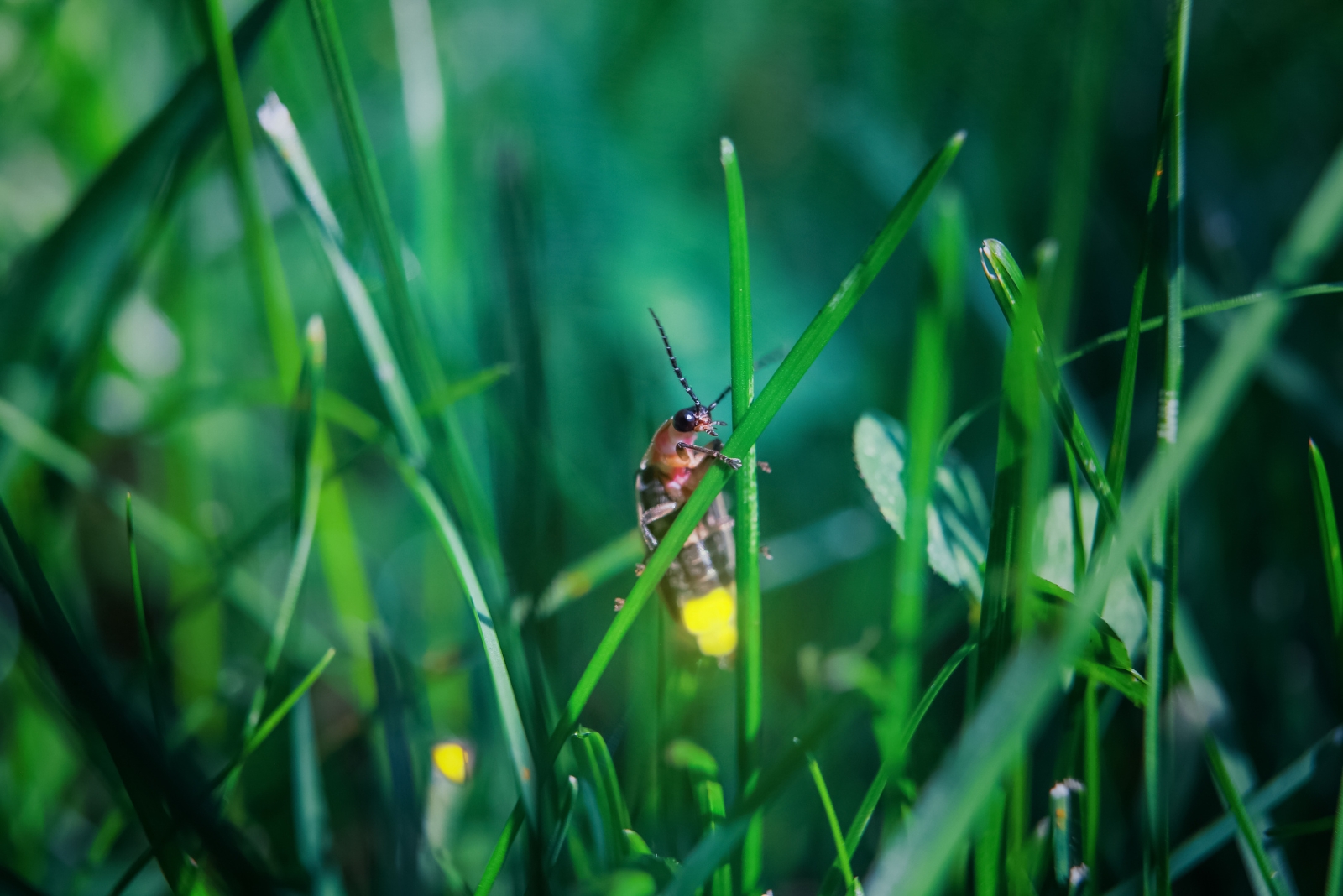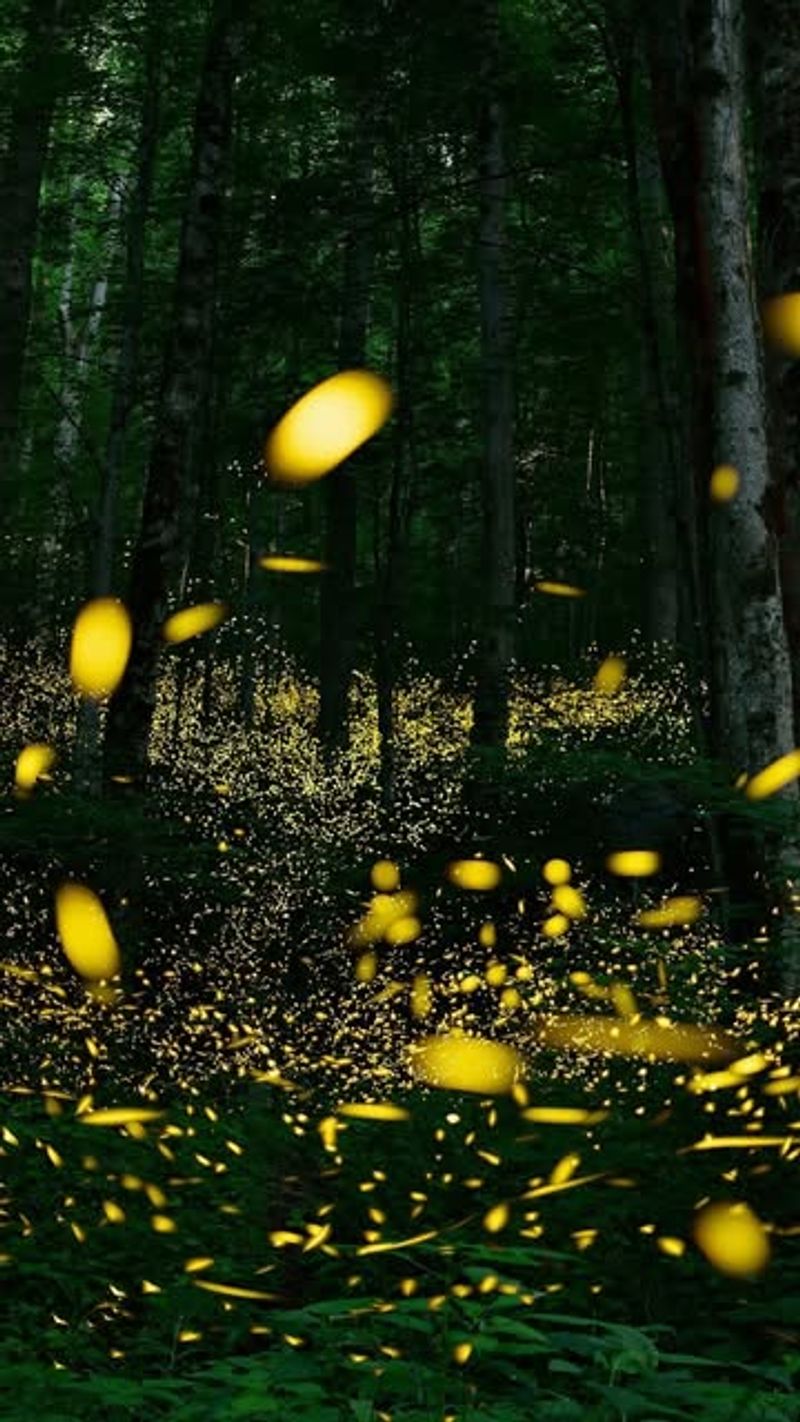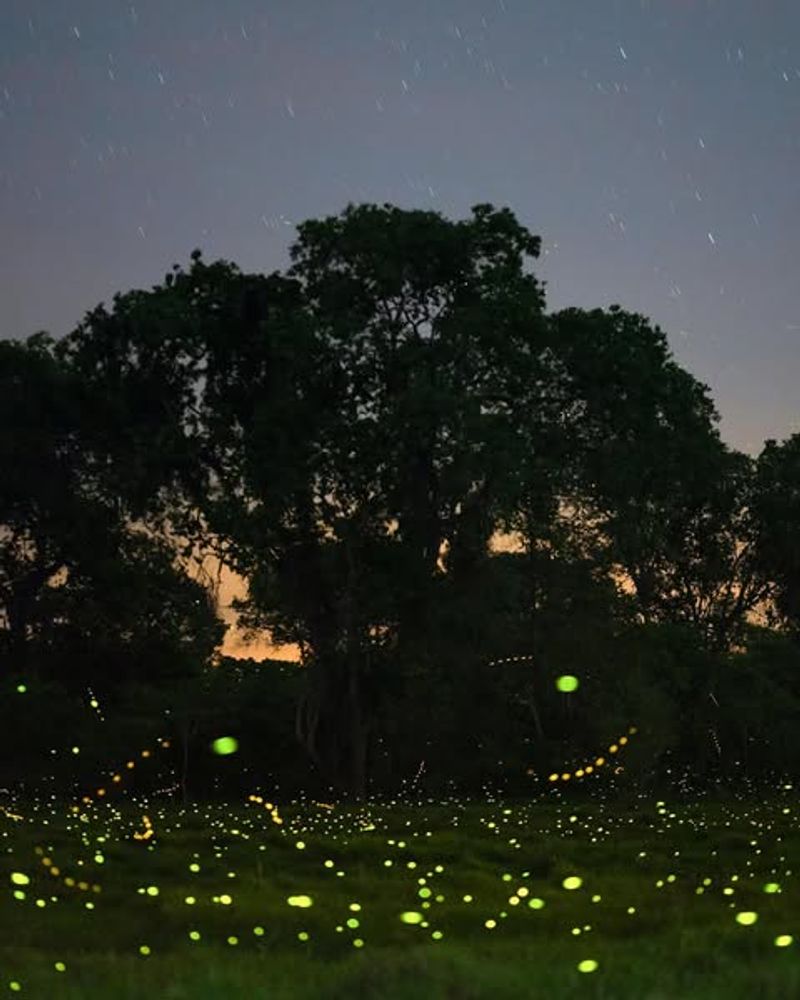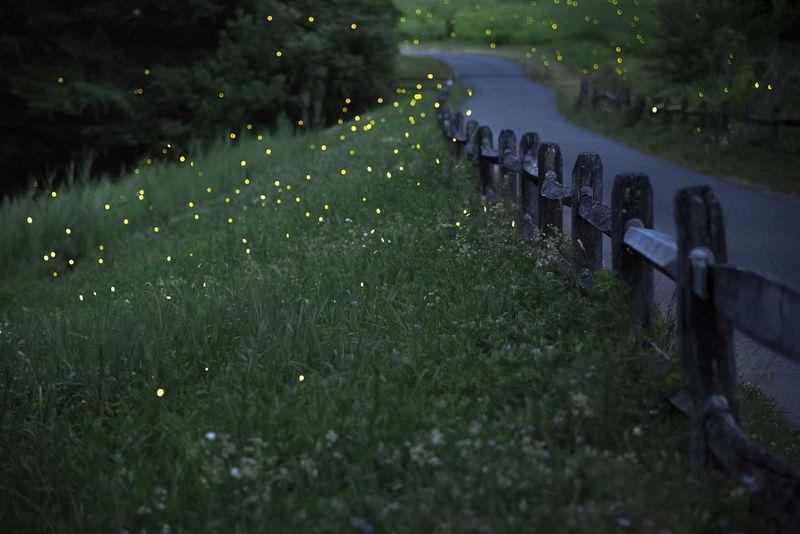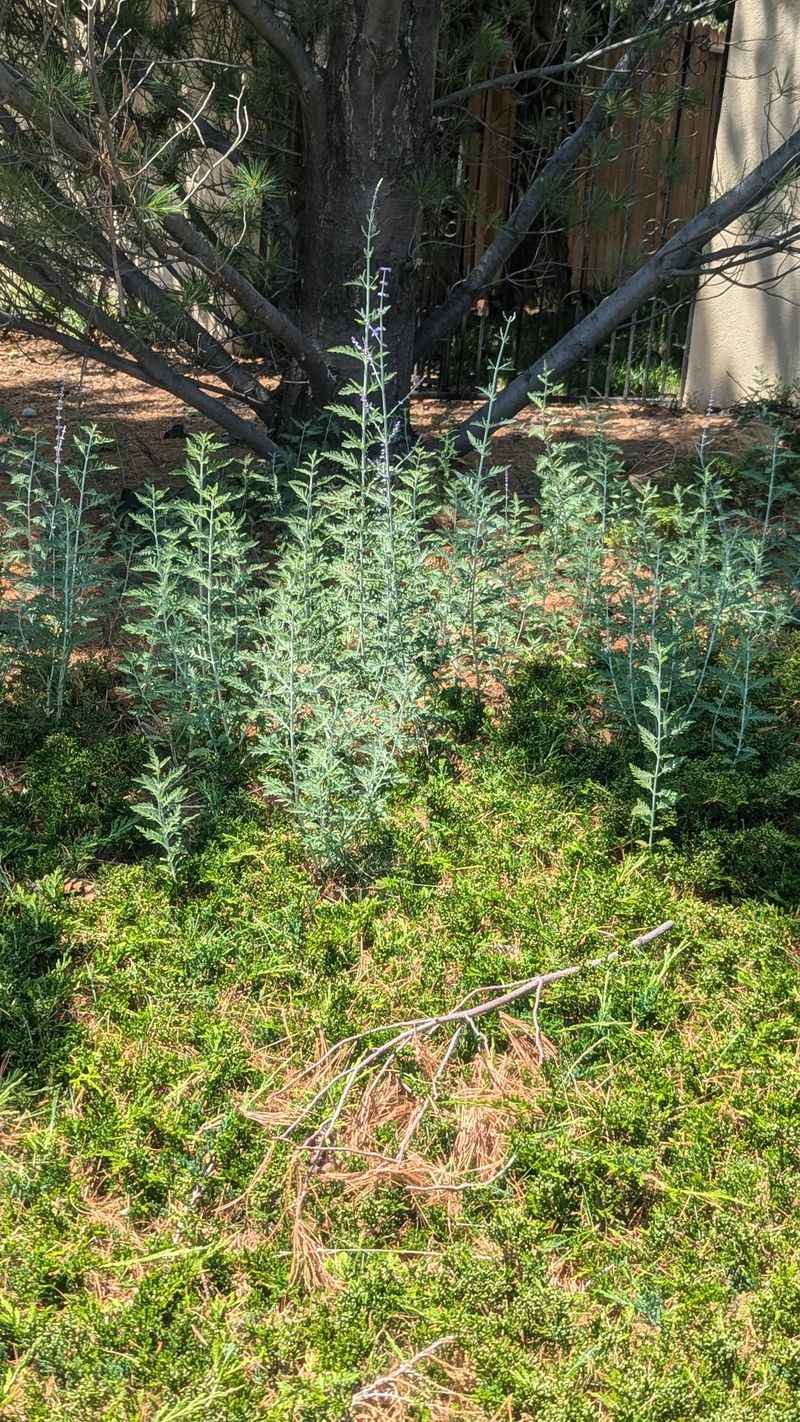Seeing fewer fireflies each year feels a little heartbreaking, and I kept wondering what was behind it. Once I started reading up on it, the reasons became clearer — and honestly pretty eye-opening.
It made me notice my own yard habits in a new way. Here are the biggest things affecting these magical little insects in New Mexico.
1. Light Pollution Drowns Out Their Glow
Bright streetlights and building lights make it hard for fireflies to find each other in New Mexico communities. Male fireflies flash special patterns to attract females, but artificial lighting confuses these signals.
When fireflies cannot communicate properly, they struggle to mate and produce the next generation. Cities like Albuquerque and Santa Fe have grown rapidly, adding more lights that interfere with firefly behavior.
Turning off unnecessary outdoor lights during summer evenings can help fireflies across New Mexico thrive again.
2. Pesticides Harm Firefly Larvae
Chemical pesticides used on lawns and farms throughout New Mexico don’t just target unwanted bugs. Firefly babies, called larvae, live in soil and leaf litter for up to two years before becoming adults.
When pesticides soak into the ground, they harm these developing fireflies. Many New Mexico homeowners unknowingly spray chemicals that reduce firefly populations in their own backyards.
Choosing natural pest control methods protects fireflies and other beneficial insects that make ecosystems healthy and balanced.
3. Habitat Loss Removes Their Homes
As New Mexico’s population grows, natural areas get replaced with buildings, roads, and parking lots. Fireflies need specific habitats like meadows, forests, and areas near water to complete their life cycle.
When developers clear land around places like Rio Rancho or Las Cruces, fireflies lose the spaces they depend on for survival. Adult fireflies also need vegetation where they can rest during daytime hours.
Preserving wild spaces and creating firefly-friendly gardens helps maintain populations across the state.
4. Water Sources Are Disappearing
Fireflies thrive in moist environments, but New Mexico faces serious water challenges. Droughts and increased water usage have reduced streams, ponds, and wetlands where fireflies typically gather.
Firefly larvae need damp soil to hunt for snails, slugs, and worms that make up their diet. Without adequate moisture, young fireflies cannot survive long enough to become the glowing adults we recognize.
Conserving water and protecting remaining wetlands throughout New Mexico gives fireflies better chances for survival.
5. Climate Change Disrupts Their Life Cycle
Rising temperatures and unpredictable weather patterns across New Mexico affect when fireflies emerge and mate. Fireflies time their life cycles with seasonal changes, but climate shifts throw off this natural rhythm.
Hotter, drier conditions make it harder for larvae to survive in the soil. Unusual temperature swings also impact the insects that firefly larvae eat, disrupting the entire food chain.
Reducing carbon emissions and supporting climate-friendly policies helps protect fireflies and countless other species across New Mexico.
6. Invasive Plants Take Over Natural Areas
Non-native plants like Russian olive and tamarisk spread rapidly across New Mexico, pushing out native vegetation. Fireflies evolved alongside native plants and depend on the specific ecosystems these plants create.
Invasive species change soil conditions and moisture levels, making habitats unsuitable for firefly larvae. They also crowd out native plants that support the prey fireflies need to survive.
Removing invasive plants and planting native species in your New Mexico yard creates better environments for fireflies and other local wildlife.
7. Lack of Public Awareness Limits Protection
Many New Mexico residents don’t realize fireflies are disappearing or understand what threatens them. Without awareness, people continue practices that harm firefly populations without meaning to.
Schools and communities rarely teach about firefly conservation or the importance of these insects to local ecosystems. When people don’t know fireflies need help, they can’t take action to protect them.
Spreading information about firefly-friendly practices across New Mexico encourages everyone to make small changes that create big differences for these glowing insects.

